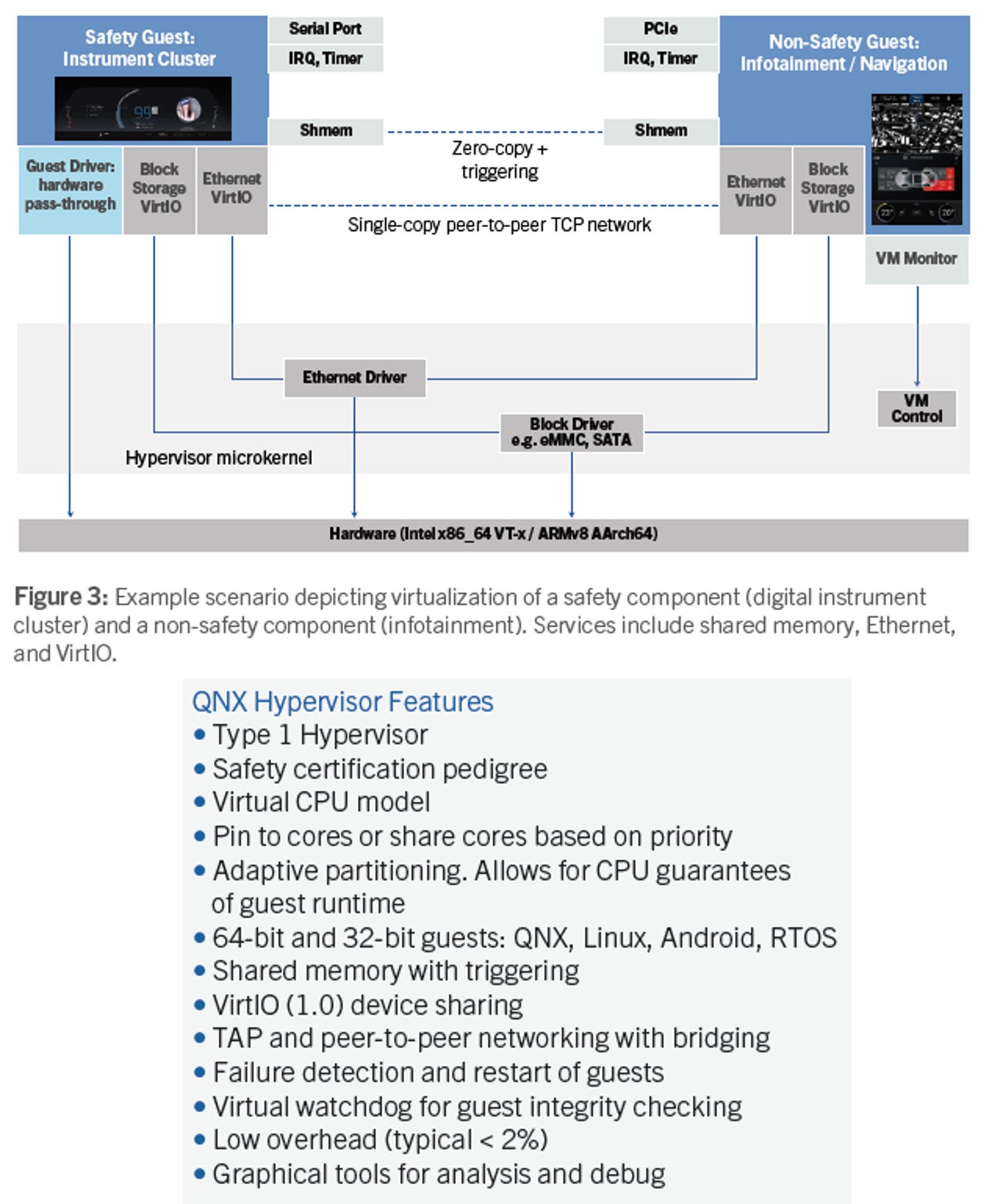BlackBerry rolls out QNX hypervisor, brings containers to connected autos

BlackBerry is bringing development containers to connected automobiles with a hypervisor for its QNX operating system that separates non-safety applications from critical ones.
QNX, one of BlackBerry's main pillars for its software and Internet of Things strategy, is launching QNX Hypervisor 2.0. The hypervisor is based on QNX SDP 7.0, BlackBerry's 64-bit embedded operating system.
The general idea is that BlackBerry will enable developers to partition applications based on relation to safety and critical systems. These partitions could prove to be valuable as cars become increasingly connected and ultimately autonomous.
- Cybersecurity in an IoT and mobile world: The key trends
- Infographic: Almost half of companies say cybersecurity readiness has improved in the past year
- Cyberweapons are now in play: From US sabotage of a North Korean missile test to hacked emergency sirens in Dallas
- Five nightmarish attacks that show the risks of IoT security
- Ten best practices for securing the Internet of Things in your organization
- Five pitfalls to avoid in mobile and IoT security
- Mobile security is really about risk and identity management
- Artificial intelligence and machine learning offer new possibilities for improving IoT security
QNX Hypervisor 2.0 creates containers to ensure that any breach in one auto application can be contained. For instance, an issue in the infotainment system wouldn't impact digital instruments with containers and application isolation.
Qualcomm Technologies is adopting QNX Hypervisor 2.0 for some of its digital cockpit applications. Qualcomm will use BlackBerry's hypervisor for its Snapdragon 820A automotive platform.
